UTV Suspension Systems 101: A Beginner's Guide
Introduction:
A UTV suspension system is one of the most important components of your vehicle. It helps to absorb shocks and vibrations, provide stability, and improve handling. In this guide, we'll cover the basics of UTV suspension systems, including their components, functions, and types. We'll also provide some tips on how to choose the right suspension system for your UTV based on your needs, terrain, and budget.

Components of UTV Suspension Systems:
A typical UTV suspension system consists of several components, including:
Shock absorbers: Shock absorbers, also known as dampers, are the most important part of the suspension system. They help to absorb shocks and vibrations from the wheels and keep the vehicle stable. They consist of a piston that moves up and down inside a cylinder filled with oil or gas. As the wheel moves up and down, the piston forces the oil or gas through small holes, which creates resistance and absorbs the shock.

The common brands of shock absorbers sold in the market are Superatv, UTVsource etc.
Springs: Springs are responsible for supporting the weight of the vehicle and absorbing impacts from the terrain. There are several types of springs, including:
- Coil springs:Coil springs are the most common type of spring used in UTV suspension systems. They are made of steel and provide a good balance of flexibility and strength.
- Leaf springs:Leaf springs are made of several layers of metal strips that are curved and mounted to the axle and chassis. They are often used in solid axle suspension systems and provide good load capacity and durability.
Torsion bars: Torsion bars use a twisting motion to absorb shocks. They are often used in independent suspension systems and provide good stability and handling.
Control arms: Control arms connect the wheels to the chassis and help to keep the wheels aligned and stable. They are usually made of steel and come in several shapes and sizes depending on the type of suspension system.
Sway bars: Sway bars,also known as anti-roll bars, help to reduce body roll and improve handling by connecting the front and rear suspensions. They are usually made of steel and consist of a long bar with links that attach to the control arms. When the vehicle turns, the sway bar transfers some of the weight from the inside wheels to the outside wheels, which reduces body roll and improves stability.
Bushings: Bushings are small rubber or polyurethane components that are used to connect the suspension components to the chassis. They help to reduce vibrations and noise and provide a smoother ride.
Ball joints: Ball joints are used to connect the control arms to the steering knuckles. They allow the wheels to move up and down while still being able to turn left and right.
Struts: Struts are a type of shock absorber that is integrated into the suspension system. They are often used in independent suspension systems and provide a more compact design.
Wheel bearings: Wheel bearings are used to support the weight of the vehicle and allow the wheels to rotate smoothly. They are usually made of steel and consist of an inner and outer ring with ball bearings in between.

Choosing the Right UTV Suspension System:
When choosing a UTV suspension system, there are several factors to consider, including:
Terrain: Consider the type of terrain you'll be driving on. If you'll be driving on rough, rocky terrain, you may want to choose a suspension system with independent suspension and higher ground clearance.
Load capacity: Consider the weight of your UTV and any cargo you'll be carrying. Choose a suspension system that can handle the weight without sagging or bottoming out.
Budget: Suspension systems can vary in price, so consider your budget when choosing a system. Keep in mind that a higher-quality suspension system may provide better performance and durability in the long run.
Click here to know more about utv windshield
Conclusion:
A UTV suspension system is a critical component of your vehicle that helps to absorb shocks, provide stability, and improve handling. By understandingthe components, functions, and types of UTV suspension systems, you can make an informed decision when choosing a suspension system that best meets your needs, terrain, and budget. Independent suspension systems are ideal for rough terrain, while solid axle suspension systems are more durable and robust. Air suspension systems can provide a smoother ride and more control over handling. When selecting a UTV suspension system, consider the load capacity of your UTV, the type of terrain you'll be driving on, and your budget. With the right UTV suspension system, you can enhance your vehicle's performance and driving experience. Remember to always consult with a professional if you're not sure which suspension system is best for your UTV.

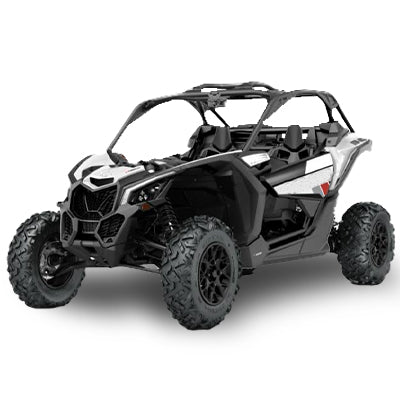
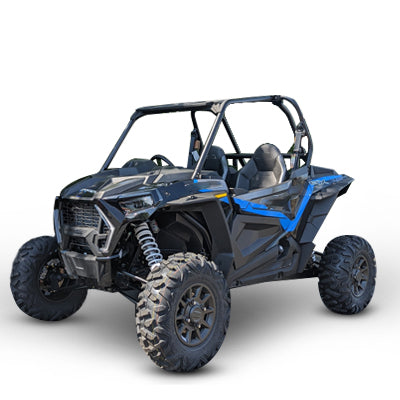
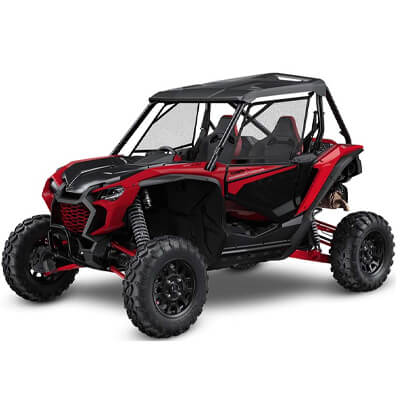
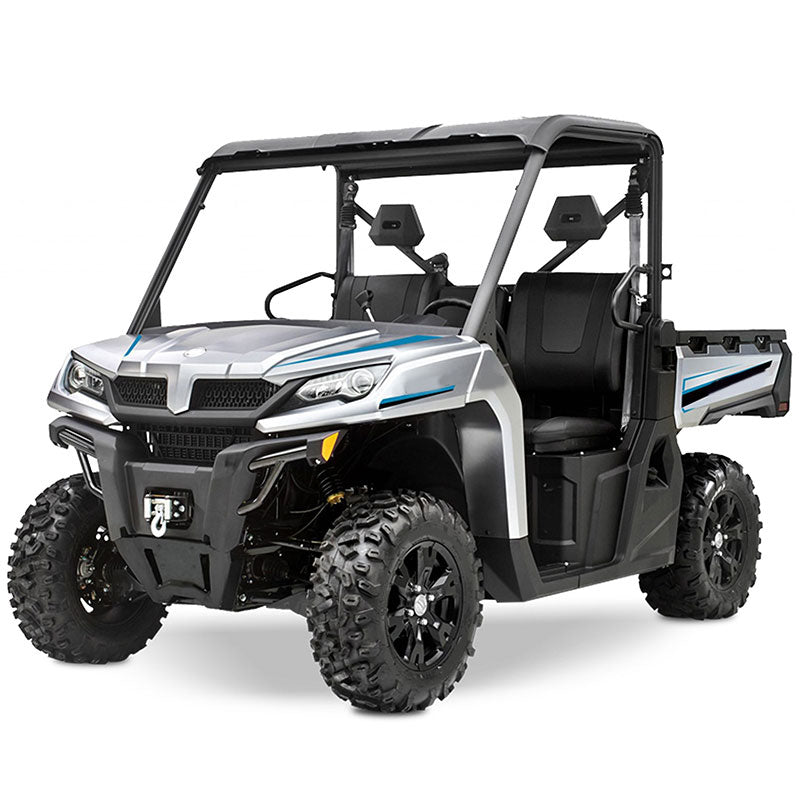
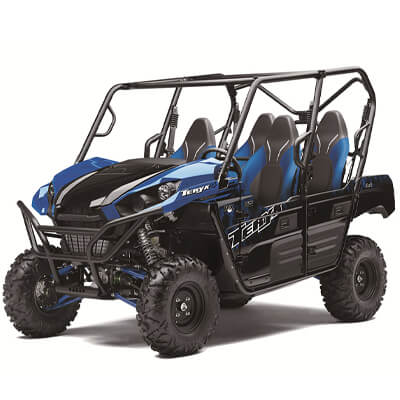

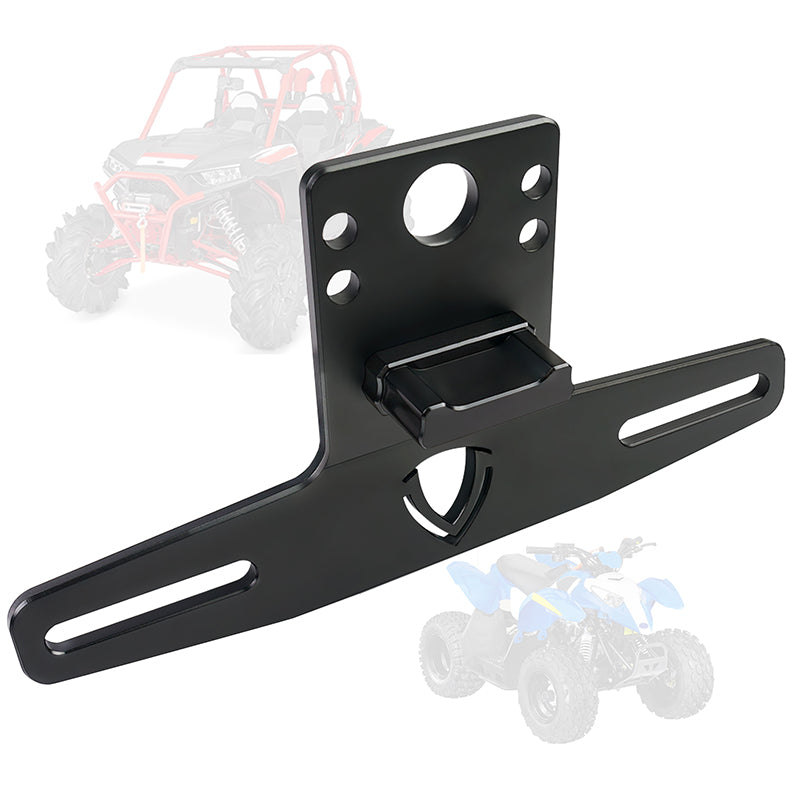
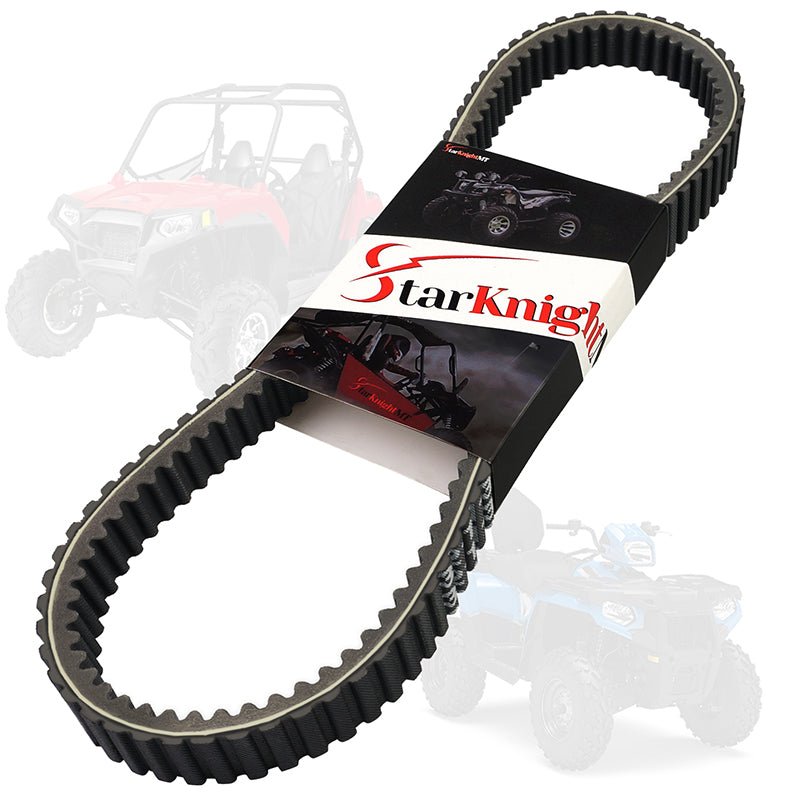



Leave a comment